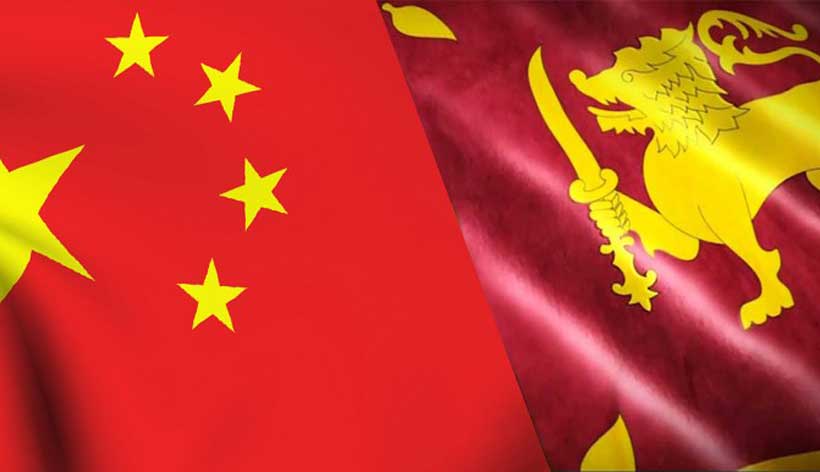Colombo: The Sri Lankan government over the past few months has canceled projects with many countries including India, the United States, and Japan.
On February 1, 2021, Sri Lankan President Gotabhaya Rajapaksa canceled the Colombo Port East Container Terminal (ECT) project with India and Japan. Reportedly, this project had received strong opposition from trade unions across Sri Lanka, despite the fact that Colombo was supposed to hold the majority stake.
The United States withdrew $480 million in infrastructure aid to Colombo because Sri Lanka said it wasn’t keen on using it.
Sri Lanka has also decided to re-acquire 99 oil tanks, which were leased out to Indian Oil for 30 years in 2003. Reports say India was supposed to upgrade and commission the world war era tanks. But talks remained stalled for more than a decade. Then in 2015, discussions revived when Prime Minister Modi visited Sri Lanka. By 2017, the two sides had a roadmap but the project never really took off.
As a counter to Prime Minister Narendra Modi’s “Neighbourhood First” policy, the Chinese seem to be deepening their influence in Sri Lanka under the Rajapaksa Government.
China is involved in many projects in Sri Lanka, including a $13 billion city on Sri Lanka’s seafront, a new Chinese factory in Hambantota, a $300 million tire plan for the Shandong Haohua tire, a $one billion road from Colombo to Kandy and $300 million coal-based power plant in Norochcholai. Colombo has given green-light to all these projects and pushed itself further under Chinese debt.
Within weeks of rejecting US aid, the Sri Lankan cabinet also cleared a Chinese energy project, very close to the Indian borders. A Chinese company has won the contract to set up hybrid wind and solar energy projects off the northern Jaffna peninsula on three islands, which are barely 50 kilometers away from the Tamil Nadu coast.
However, India has made a swift counter-offer of a grant of $12 million to displace the Chinese company off the Jaffna Peninsula. Newspaper reports quoted Sri Lanka’s Minister of Power Dallas Alahapperuma as saying that Sri Lanka would consider India’s proposal and that receiving India’s grant as “an advantage”, as it would ease the burden on the Treasury, as opposed to an Asian Development Bank (ADB) loan, as per the original project proposal, that would have to be repaid. A group of Tamil parties has also voiced their opposition to Chinese involvement.
These projects are strategically located in Jaffna, barely 50 km from the Tamil Nadu coast. China’s Sinosoar company will install hybrid renewable energy systems in Nainativu, Delft or Neduntheevu, and Analaitivu, all located in Palk Bay.
China has extended its influence in South Asia through its Belt Road Initiative (BRI) . In the post-COVID scenario, however many projects have stalled including the Payra power plant in southern Bangladesh and the Port City development project in western Sri Lanka have been delayed, as have various projects along the China-Pakistan Economic Corridor (CPEC), partly due to the disruption in the supply of Chinese labor and equipment.
(Sanket)

